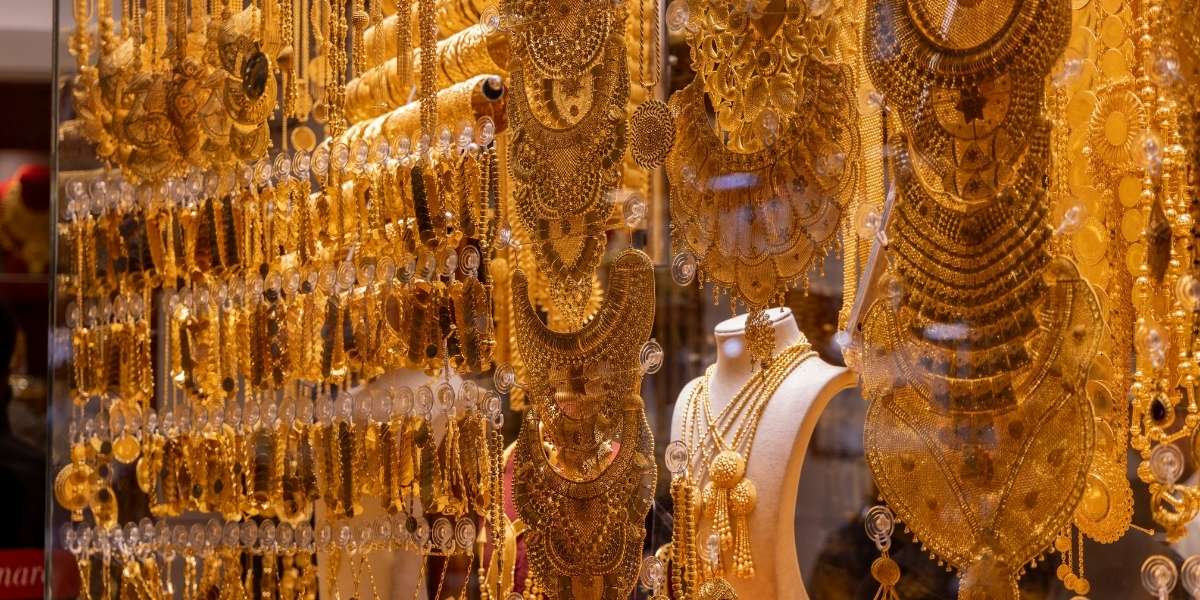Seattle’s Best Coffee holds a unique and significant place in Seattle’s coffee history, even if it isn’t as widely recognized as other local giants like Starbucks. From its humble beginnings as a small roaster to becoming a recognizable brand, Seattle’s Best Coffee has evolved alongside the city’s vibrant coffee culture. This article explores the journey of Seattle’s Best Coffee, its distinctive flavor profile, and its current position in the coffee industry, offering a deeper understanding of how this brand has contributed to Seattle’s reputation as a coffee hub.
Read Also: How Seattle Became the Heart of Specialty Coffee
Origins and Early Years
Seattle’s Best Coffee started in the mid-1990s as a small roaster in Seattle, driven by a vision to offer exceptional coffee to the people of the Pacific Northwest. Founded by Jim Stewart and Mary C. Davidsen, the brand’s roots were firmly planted in Seattle’s growing coffee culture. The founders’ mission was to provide a high-quality alternative to the more conventional coffee choices available at the time.
The company began in a modest way, focusing on roasting small batches of beans and selling them in local markets. Over the years, Seattle’s Best grew within the Seattle coffee scene, steadily building a loyal customer base. The company’s early success was largely due to its commitment to high-quality beans and a focus on craftsmanship.
Distinctive Roasting Style and Flavor Profile
One of the key aspects that set Seattle’s Best Coffee apart from other coffee brands is its distinctive roasting style. Known for its smooth, rich flavors, the coffee blends are crafted with a focus on consistency and balance. Seattle’s Best has developed a unique roasting process that ensures each blend maintains a high level of quality and flavor.
Seattle’s Best Coffee’s flavor profile is typically characterized by mild acidity, low bitterness, and a well-rounded taste. Its offerings include a variety of roasts, ranging from light to dark, with blends that appeal to different tastes, including those who prefer a milder cup of coffee or a stronger, bolder brew. The brand’s dedication to flavor precision and quality control has helped build its reputation as a beloved local coffee brand.
Growth and Expansion
Seattle’s Best Coffee expanded beyond Seattle’s local coffee scene and became a national brand in the years following its founding. In 2003, the company’s trajectory took a significant turn when it was acquired by Starbucks, one of the world’s largest coffee chains. This acquisition provided Seattle’s Best with the resources and infrastructure to grow on a much larger scale.
With Starbucks’ backing, Seattle’s Best Coffee made its way into grocery stores, cafes, and retail outlets across the country. This allowed the brand to reach new markets, and its products became available in various forms, from ground coffee to ready-to-drink beverages. The acquisition by Starbucks gave Seattle’s Best a powerful boost, but it also meant the company had to maintain its identity while being integrated into the larger Starbucks brand.
Relationship with the Seattle Coffee Culture
Seattle’s Best Coffee’s place within Seattle’s coffee culture is significant. The brand’s roots in Seattle are a direct reflection of the city’s long-standing reputation as a coffee capital. While Starbucks is often regarded as the face of Seattle’s coffee culture, Seattle’s Best Coffee has made its own mark by offering an alternative that emphasizes quality and local craftsmanship.
Seattle’s Best Coffee has fostered strong relationships with other Seattle-based coffee brands. While the brand may not have the same global recognition as Starbucks, it remains an integral part of the city’s coffee heritage, known for its commitment to quality and its reflection of Seattle’s dedication to coffee innovation. Over the years, Seattle’s Best has contributed to Seattle’s reputation as a coffee hub, along with other notable brands that helped shape the city’s coffee culture.
Brand Identity and Marketing
Seattle’s Best Coffee has carved out a distinctive brand identity within the coffee market. Through clever marketing and branding strategies, it has positioned itself as a coffee that combines quality, consistency, and approachability. While Starbucks focused on its premium image, Seattle’s Best built its brand around the idea of making high-quality coffee accessible to a wider audience.
The company has used advertising campaigns to highlight its commitment to craft and quality. Its marketing messages have often focused on the personal connections that coffee fosters—emphasizing a sense of community, warmth, and comfort. Over time, Seattle’s Best has also refined its branding to appeal to millennials and coffee enthusiasts who seek both quality and convenience in their coffee choices.
Current Status and Future Outlook
Today, Seattle’s Best Coffee remains a popular brand, though it faces significant competition in a coffee market that is continually evolving. With Starbucks’ acquisition, the brand has largely remained within the retail space, offering products to consumers who prefer its signature blends. As coffee preferences shift toward artisanal, single-origin, and organic options, Seattle’s Best Coffee faces the challenge of staying relevant in an increasingly diverse and competitive market.
Looking forward, Seattle’s Best may need to adapt to these changes by innovating its products or focusing on its local heritage to differentiate itself further. Given the growing trend of coffee culture focused on sustainability, ethical sourcing, and premium quality beans, Seattle’s Best may explore new opportunities to expand its offerings or refine its existing product lines to appeal to more niche coffee consumers.
Read Also: Memes and Their Influence on Modern Culture
Seattle’s Best Coffee has a rich history deeply rooted in Seattle’s coffee culture, and its journey from a local roaster to a national brand showcases the evolution of the city’s coffee scene. As Seattle’s Best continues to adapt to the changing coffee landscape, it remains a key player in the broader coffee market, offering high-quality blends that reflect its long-standing commitment to craftsmanship and flavor.






